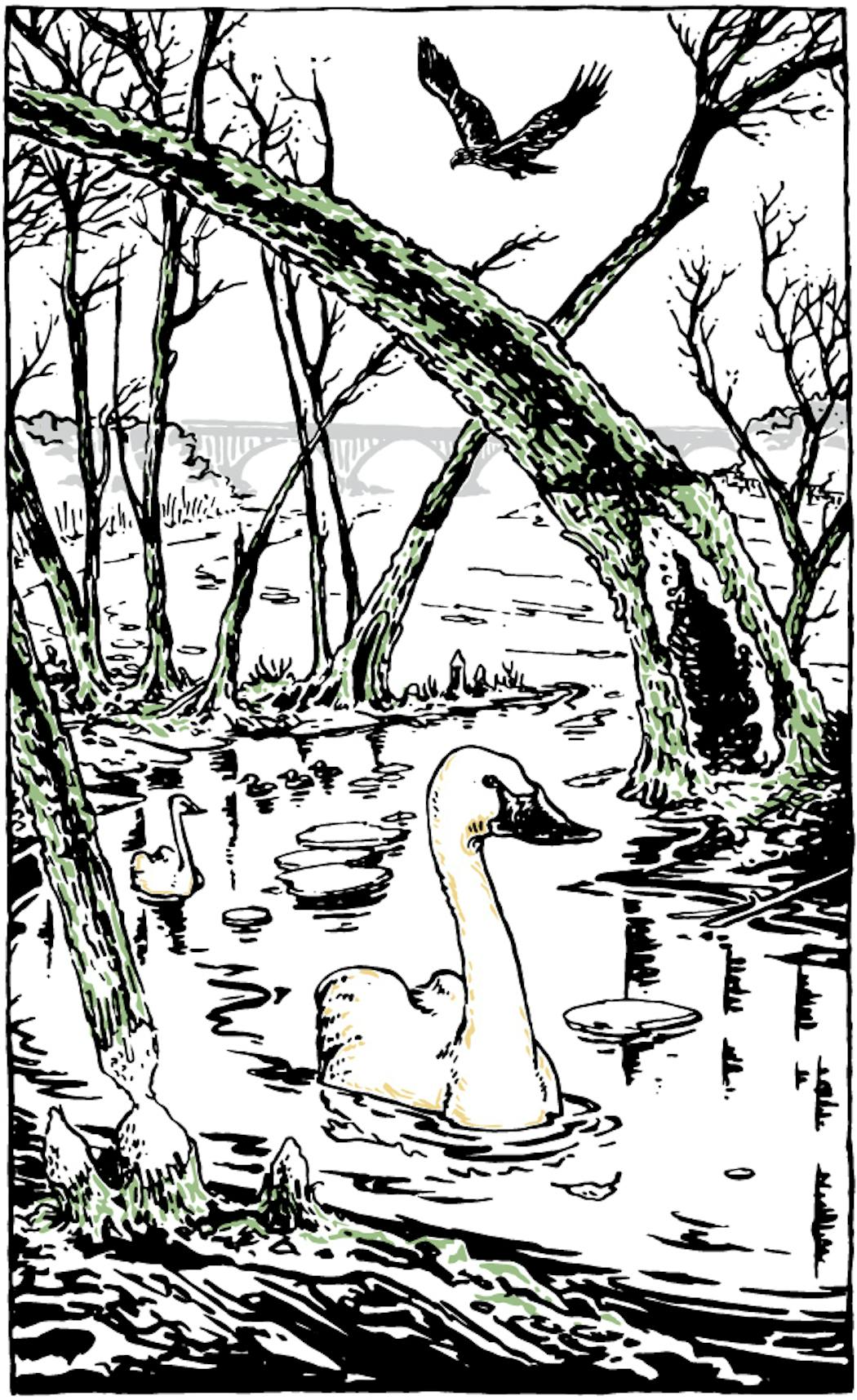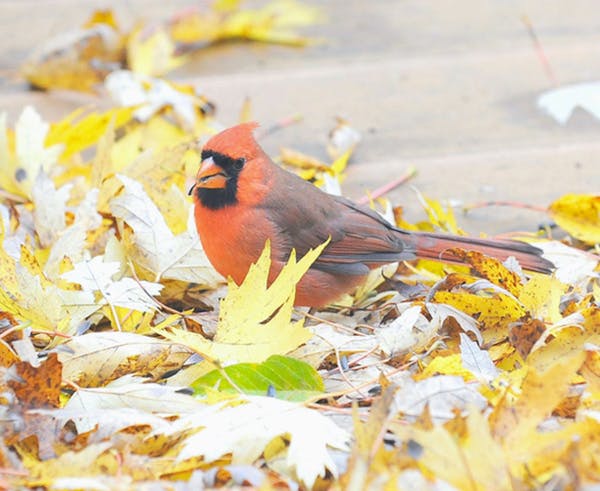Under impenetrable clouds that seemed to trap the chilly air, I zipped my vest a little tighter and set out one morning this week in search of spring at Fort Snelling State Park.
I quickly found it.
At first blush and from a distance, I thought I was marveling at waterfowl, bunches of them swept slowly along in the eddies of a coffee-brown Minnesota River. But my idea broke apart like the white objects before me. They weren't more swans like the pairs anchored in a nearby backwater pond. Turns out they were the remains of winter upriver: small flotillas of ice and dirty snow in their last throes. I clearly had found a marker of spring, and it was fitting. Water is a dominant theme in the flood plain forests of Fort Snelling, one of the most visited of Minnesota's state parks to hike, picnic, bird watch and explore.
Pike Island, my destination, might be the park's heart. At least it is historically. Known as Wita Tanka, or Big Island, to the Dakota people who made lives here before explorer Zebulon Pike arrived in the early 19th century, it's the ground where the Mississippi and Minnesota rivers meet.
Had it been two years ago, I would have been able to access the island and other parts of the park by boat only. The massive snowpack Up North combined with heavy rain caused massive flooding that damaged the park's roads, structures and water lines, closing it for about six months.
Krista Jensen has a unique feel for spring's possibilities. Acting supervisor and before that the park's lead naturalist, she said water is top of mind long before spring arrives at the park's river bottoms. She and colleagues keep tabs all winter on weather patterns outstate.
"I've always worked near water — big bodies of water, small streams — and what an impact the rest of the state has on this place here," she added.
On a smaller scale, Jensen said she enjoys the slow churn of spring at the park, too. Each day bringing a newly budding silver maple or reports on nesting barred owls, or the brief spectacle of visiting waterfowl, such as the trumpeter swans I spied resting and eating.
Pike Island's flood plain forest is a vision of change, too. It's a different beauty. Stark. Compelling. Eastern cottonwoods 7 feet in diameter towered above and lay like topped pillars across the understory. Too, there was a tangle of silver maples, which the park taps in a normal year, and green ash that the woodpeckers pore over for larvae. All of them, fast-growing species and in concert with the rivers surrounding them.
Because of their location, the trees' roots always are wet and don't run deep but wide, Jensen said. They're interconnected, too, explaining the large amounts of deadfalls. When one topples, it's likely to take more with it.
One of those downed trees extended over the quick-moving Minnesota River and caught my eye, as I followed a limb to a gnarly end. Or so I thought. Perched there was a watchful juvenile bald eagle, thinking who knows what before it caught air and moved on toward the bluffs to the south.
I moved on, too, and away. To where skittish ducks (maybe ringnecks?) scattered from an interior pool. To where treetops moved by wind sounded like old doors in need of grease. All the while I was bracketed by fast-moving waters that were at once constant but, of course, always transforming.
"The way the island looks today is subject to change for so many different reasons between today and tomorrow," Jensen said, anticipating another season in the bottomlands.
Bob Timmons robert.timmons@startribune.com
Mark Boswell mark.boswell@startribune.com

Twins lose second in a row to Blue Jays as bullpen falters late

The PWHL's growth comes with a price for a Minnesota Frost team building a potential dynasty
What is the 'House settlement,' and what does it mean for the Gophers and NCAA?

Souhan: Anxiety and depression in the NFL helped inspire Lindsey Young's children's book



